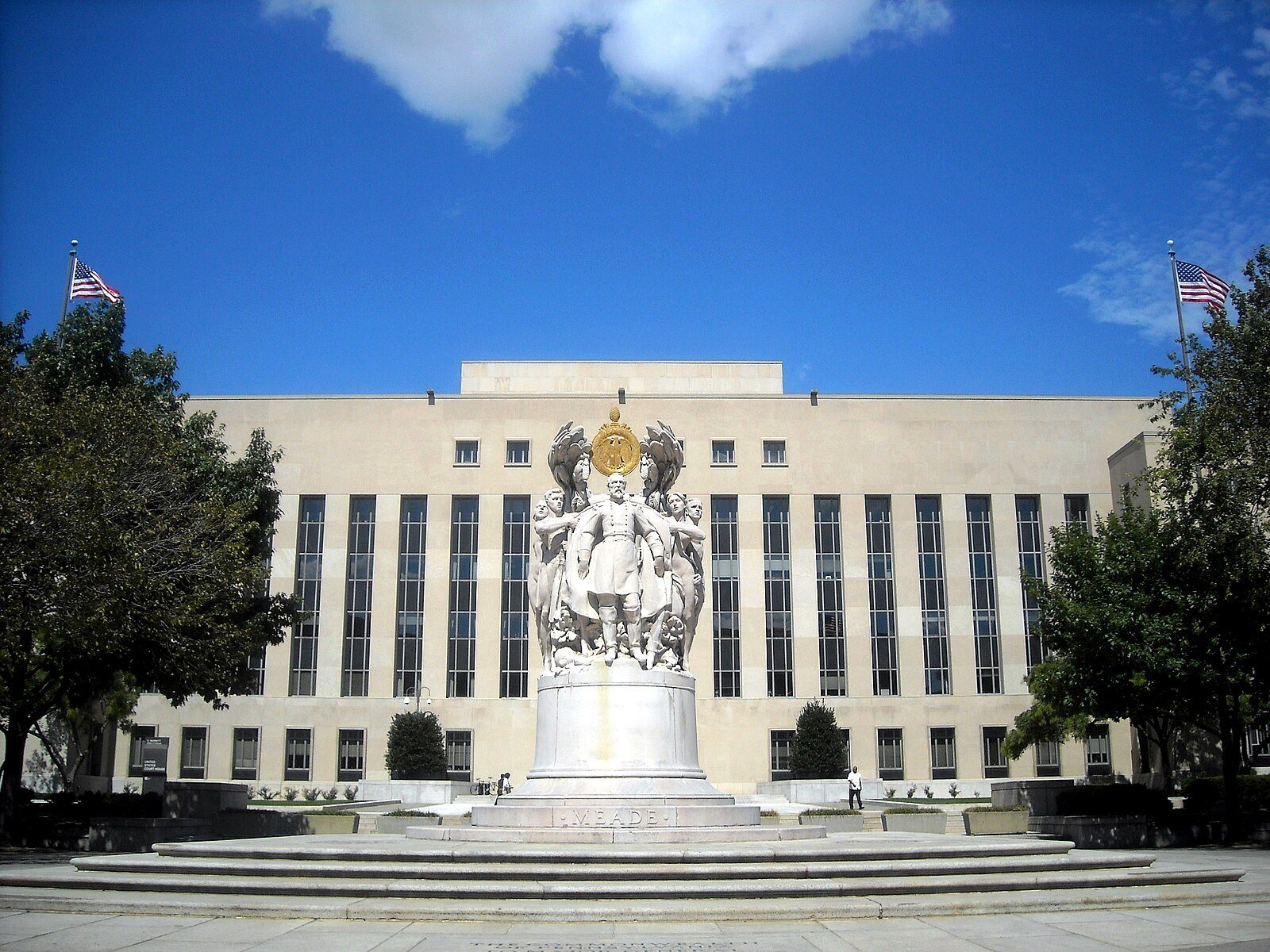The Civil-Military Divide: A Temporary Casualty of the Trump Administration
Secretary of Defense James Mattis’ terse and unequivocal disavowal on Wednesday of Trump’s Twitter declaration that the time for talk with North Korea had ended was greeted as just another Wednesday in the age of Trump. But Mattis’ relative outspokenness—and those of his civilian and uniformed colleagues—raises a broader question that, during any other period, would put a critical focus on the bedrock American principle of civil-military relations.
Published by The Lawfare Institute
in Cooperation With

Secretary of Defense James Mattis’ terse and unequivocal disavowal on Wednesday of Trump’s Twitter declaration that the time for talk with North Korea had ended was greeted as just another Wednesday in the age of Trump. But Mattis’ relative outspokenness—and those of his civilian and uniformed colleagues—raises a broader question that, during any other period, would put a critical focus on the bedrock American principle of civil-military relations.
Indeed, the military’s repeated practice of contradicting, slow-walking, and distancing itself from the positions of Trump, its commander-in-chief, would be concerning under just about any other conceivable administration, even if it is reassuring under this one.
Mattis’ refusal to pay even lip service to Trump’s North Korea tweet was his starkest public break with the president, but certainly not his first. Earlier this month, the secretary hinted at his disagreement with Trump’s bellicose rhetoric toward North Korea—promising “fire and fury” in response to any further rhetorical threats—by releasing a written statement and a subsequent op-ed with Secretary of State Rex Tillerson signaling that the United States would not seek preemptive military action.
What holds larger implications for America’s sacrosanct deference for civilian leadership, however, is what we have heard from uniformed brass. Chairman of the Joint Chiefs Gen. Joseph Dunford, for example, responded to Trump’s transgender Twitter edict with an initial shrug. He wrote in a memo to senior Pentagon officials the day after Trump’s announcement last month there would be “no modifications” to Pentagon practices until the command was formally received and Mattis had issued implementation guidance. Dunford did so even though the commander-in-chief’s intent, albeit wrongheaded and craven, was clear in his series of 140-character missives. (Mattis’ ultimate guidance, released this week, did the bare minimum to satisfy Trump’s intent, allowing currently serving transgender service members to remain in place).
Moreover, in the aftermath of the attack in Charlottesville, Virginia, senior uniformed leaders appeared to make a point to break publicly with their commander-in-chief, who had posited a moral equivalence between white supremacists and peaceful counter-protesters. All four military service chiefs issued statements condemning racism and hatred, three of them coming on the heels of the president’s infamous Trump Tower press conference during which he walked-back his belated disavowal of neo-Nazis and their fellow travelers. None of the statements mentioned Trump explicitly, but the fact that his service chiefs felt the need to speak out was itself a rebuke—implicit but extraordinary, nonetheless.
In one reading, what these steps reflect is the military’s attempt to “hold the line”—an impassioned entreaty Mattis delivered to a group of deployed service members in a video that surfaced earlier this month—against the more extreme instincts of the Trump presidency. In that sense, what we are witnessing is admirable—one of America’s strongest and most respected institutions standing firm against the darkest and most impetuous impulses of our political leadership. Speaking out against hate, resisting institutional discrimination, and endeavoring to avoid nuclear war are aims that would seem to be uncontroversial in normal times. But times are far from normal, and the very act of the Department of Defense stepping into the fray has shades of what we might expect to see in Ankara—where the armed forces have long served as guarantors of Turkey’s democratic institutions—rather than Washington.
That is not to say, however, that we should insist the military fall in line in the face of this president’s un-American and, at times, dangerous gestures. Far from it in this uniquely dangerous era. But we also must not lose sight of how out of character this is for the Pentagon, which has always embraced its avowedly non-partisan and even apolitical nature.
In this regard, media coverage has not done our democracy any favors by tending to group the military’s subtle opposition to its commander-in-chief in the same breath as Tillerson’s full-throated claim that the president speaks only “for himself” or economic advisor Gary Cohn’s blunt rejection of Trump’s coddling of white supremacists, among other criticisms from civilian leaders. The latter is palace intrigue, while the former goes against the grain of our democratic system and should engender at least fleeting discomfort among even the most virulent administration critics.
Ultimately, just as we must refrain from normalizing the excesses and incompetence of the Trump presidency. So, too, should we guard against forever losing sight of the bright line that has, consistent with the vision and wisdom of our Founding Fathers, stratified civil and military affairs in American society. That line must again become inviolable when our political class returns to its senses. In the meantime, Americans who continue to believe in the freedoms and rights enshrined in the Constitution owe the Pentagon a debt of gratitude. Its leaders remain loyal to that document even when our president is not.


.jpg?sfvrsn=407c2736_6)


